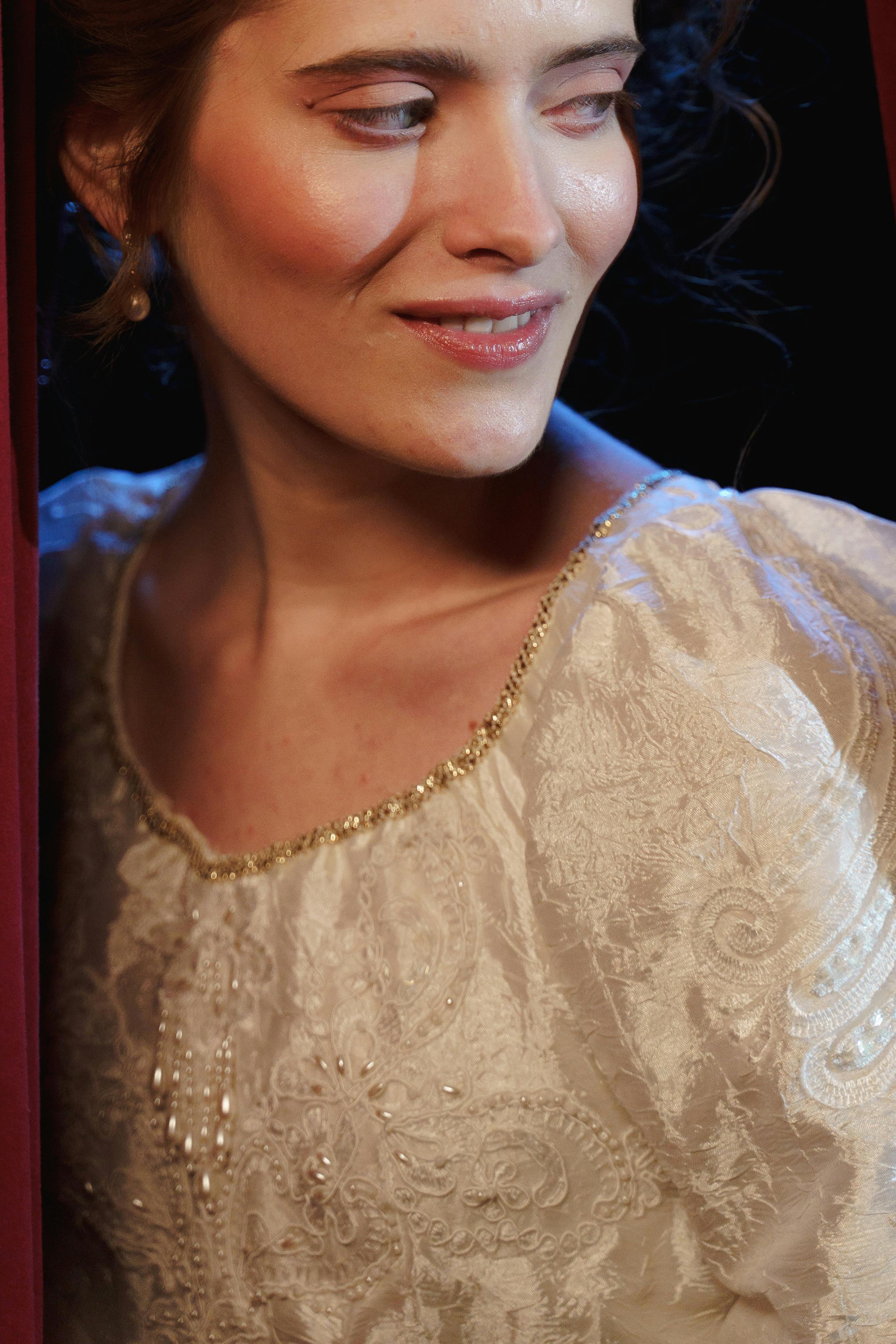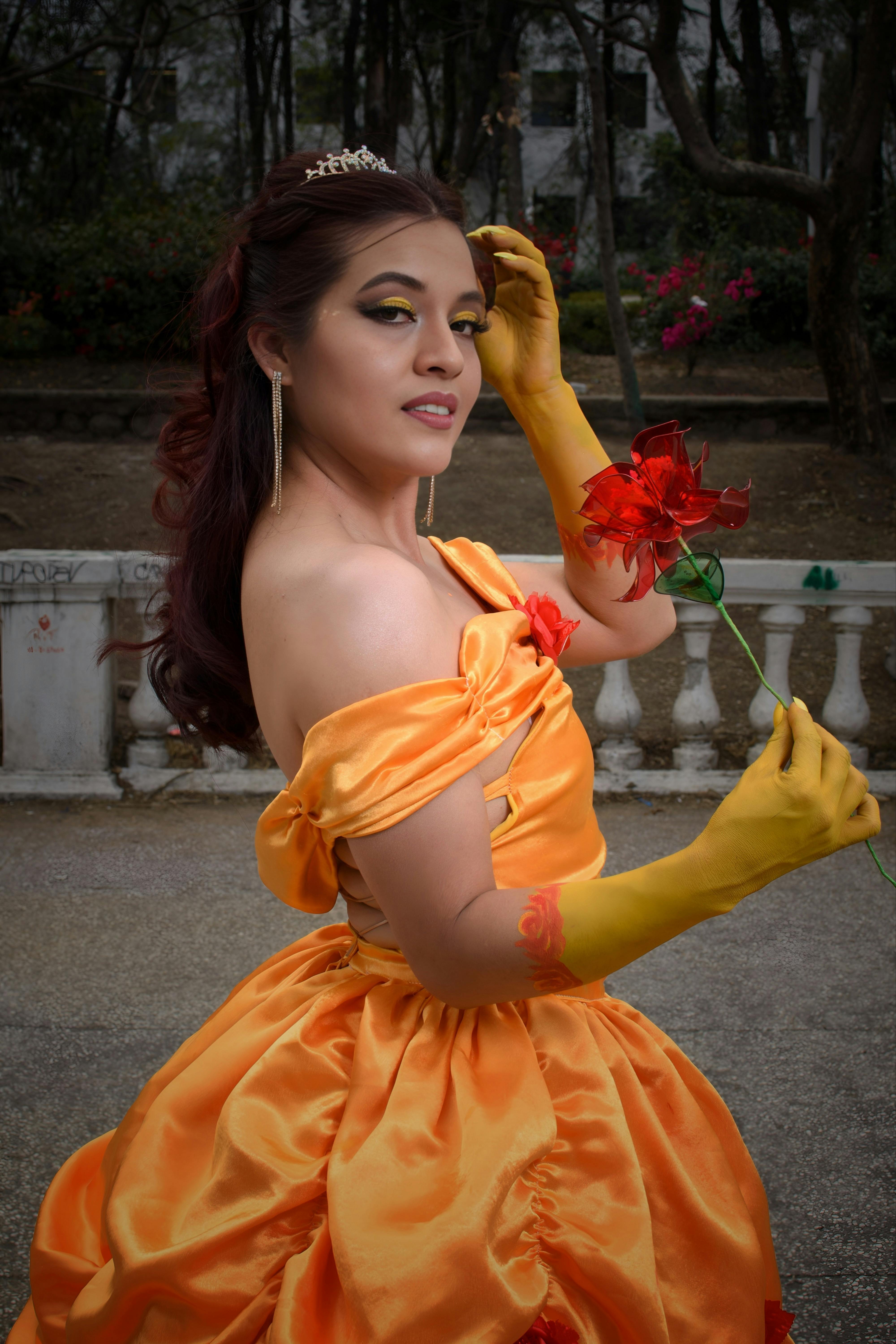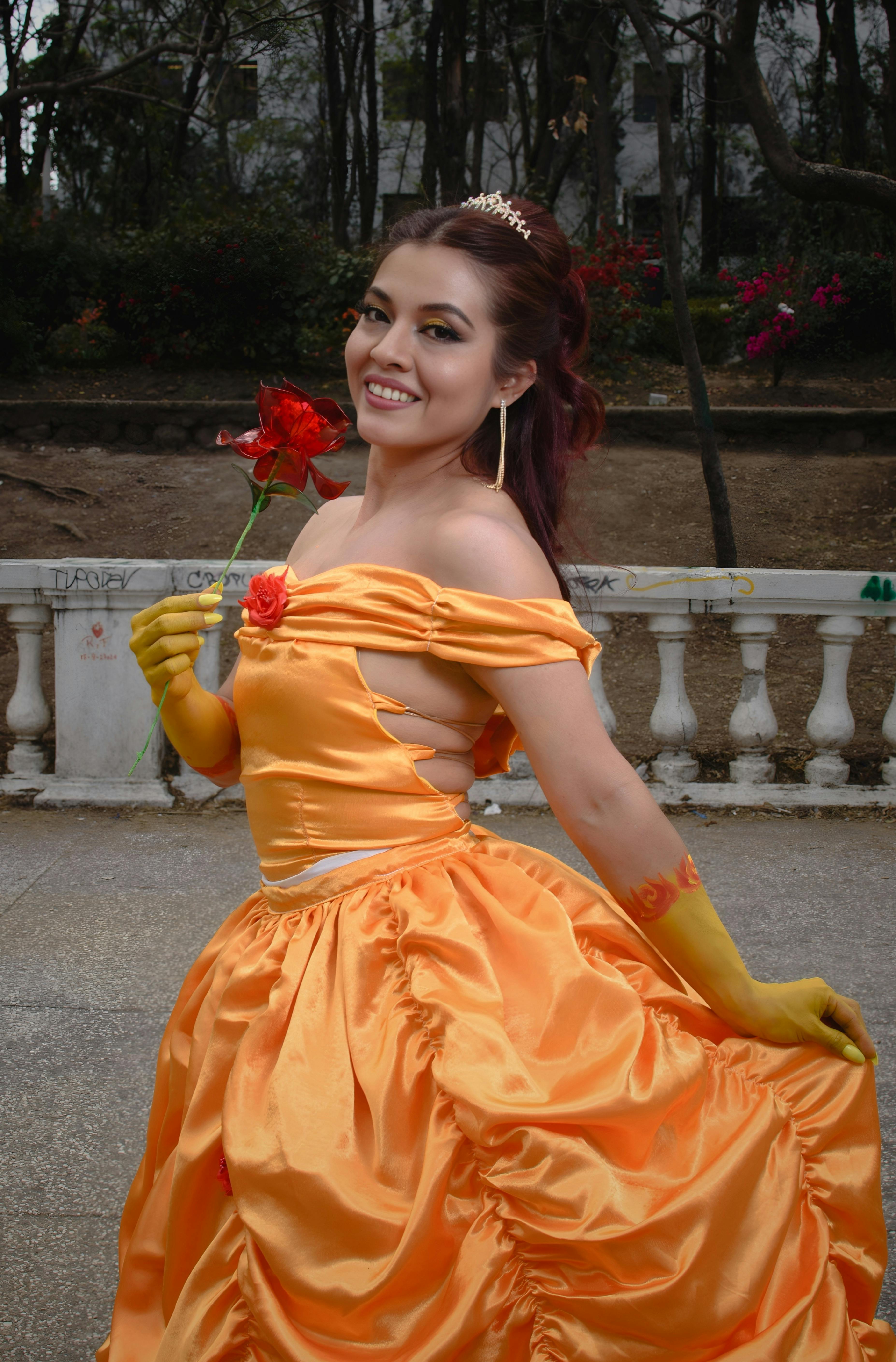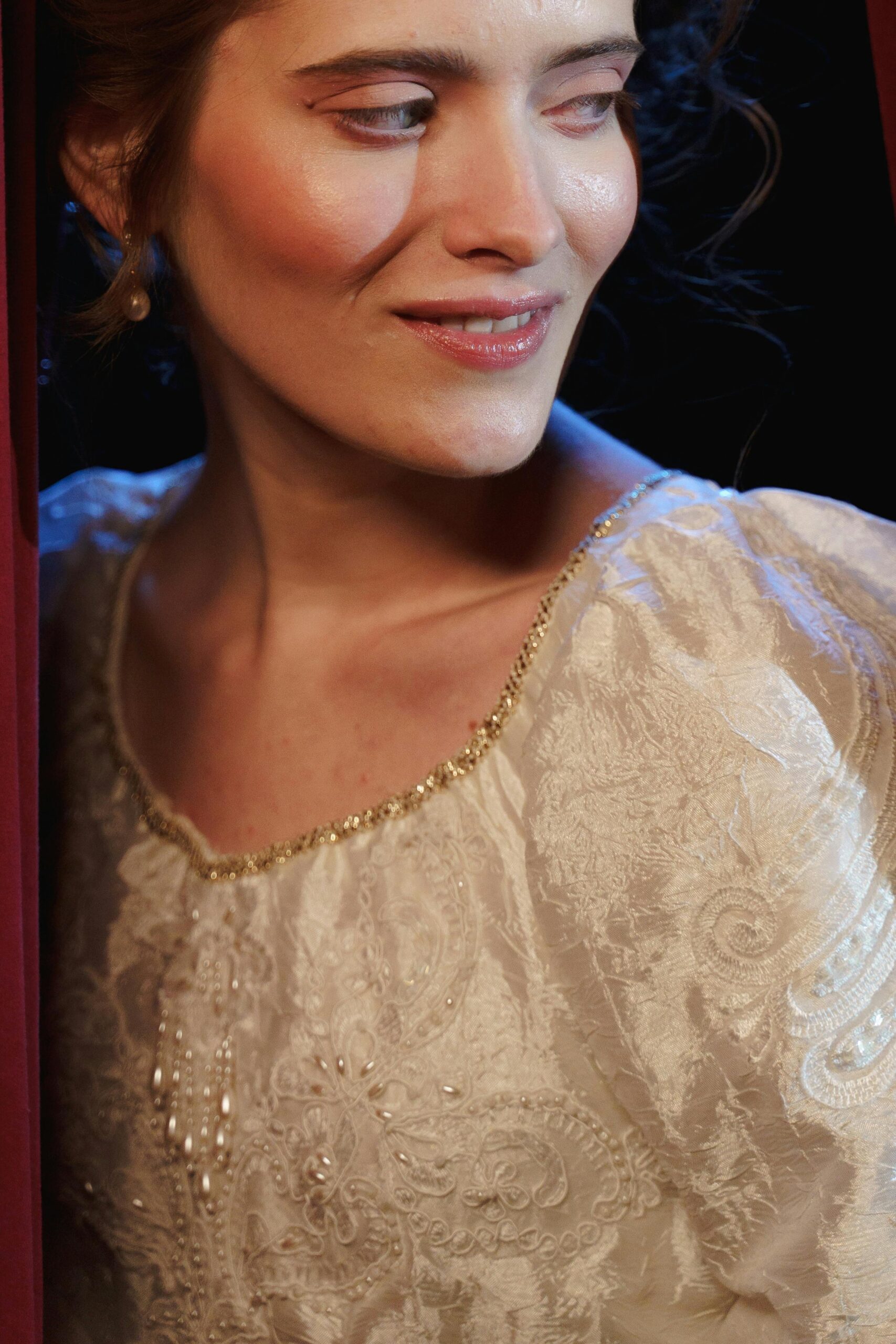Beauty and the Beast Broadway Costumes: A Complete Guide to Iconic Wardrobe Designs
The Beauty and the Beast Broadway show is a spectacular fusion of enchanting storytelling, stunning performances, and unforgettable costumes. One of the standout features of this timeless production is its exquisite wardrobe designs. In this article, we’ll take you through the magic behind the Beauty and the Beast Broadway costumes, exploring the creative process, iconic looks, and their significance on stage.
Costumes in Broadway productions are not just clothes—they are an integral part of storytelling. In this guide, we’ll explore how the Beauty and the Beast costumes were designed, their evolution, and the impact they have on the audience’s experience. By the end of this article, you’ll have a deeper appreciation for the artistry behind stage costumes and how they help bring characters to life.

Understanding the Fundamentals of Broadway Costume Design
Costume design plays a vital role in any theatrical production, particularly in musicals like Beauty and the Beast, where characters are larger-than-life and the setting is fantastical. The right costume not only reflects the personality of a character but also enhances the story, helping the audience connect emotionally with the performance.
In the case of Beauty and the Beast, the costumes are designed to reflect the themes of enchantment, transformation, and magic. Every piece of clothing, from Belle’s iconic yellow ball gown to the Beast’s elaborate fur costume, serves a specific purpose on stage, communicating much more than just aesthetic appeal.
1.1 The Importance of Character Representation
Each character in Beauty and the Beast has a unique costume that represents their journey and role in the story. For instance, Belle’s costumes evolve from simple, everyday dresses to grand, extravagant gowns as she embraces her role as the Beast’s savior.
These costumes are often used to symbolize internal transformations. The Beast’s costume, for example, incorporates elements that signify his monstrous nature, such as fur and sharp features, which gradually change as he softens and becomes more humanized throughout the story.
1.2 Costume Design as an Extension of Set and Lighting
Costume design is not done in isolation. It works closely with the set and lighting design to create a cohesive world on stage. In Beauty and the Beast, the costumes complement the lavish sets and dramatic lighting, enhancing the magical atmosphere.
The intricate designs of the costumes help to highlight the fairy tale ambiance, from Belle’s graceful gowns to the fantastical costumes of enchanted characters like Lumière and Mrs. Potts. The costumes are carefully crafted to interact with the set pieces and lighting, bringing an added layer of magic to the performance.
Practical Implementation Guide: Creating Iconic Broadway Costumes
Now that we understand the importance of costume design, let’s explore how designers bring these ideas to life. From concept to execution, the creation of Broadway costumes is a meticulous process that requires attention to detail, creativity, and collaboration.

2.1 Actionable Steps in Costume Creation
- Step 1: Conceptualization – Designers begin by studying the script, characters, and the overall tone of the show. They meet with directors and other creatives to understand the vision and develop initial costume sketches.
- Step 2: Fabric Selection and Materials – Once the sketches are approved, designers select appropriate fabrics and materials that will bring the sketches to life. Textures, colors, and durability are key considerations in choosing materials.
- Step 3: Fitting and Revisions – After the first prototype of the costumes is created, fittings are held to ensure proper fit and comfort for the performers. Adjustments are made to accommodate movement, lighting, and stage effects.
2.2 Overcoming Common Costume Design Challenges
Designing Broadway costumes comes with its own set of challenges. For example, costumes must not only look stunning but also allow the performers to move freely, as many Broadway shows require energetic dance numbers.
Another challenge is ensuring the costumes are durable enough to withstand the rigors of multiple performances. Costumes need to be able to handle quick changes and frequent wear without losing their aesthetic appeal.
Additionally, designers must consider the logistics of quick changes during performances. In Beauty and the Beast, this means creating costumes that are both practical and beautiful, allowing the actors to transition smoothly between different characters.
Advanced Applications: The Art of Costume Transformation
As with any complex artistic process, costume design in Broadway productions can also involve advanced techniques that push creative boundaries. In Beauty and the Beast, these techniques are particularly noticeable when the Beast undergoes his transformation back into a human.

3.1 The Beast’s Transformation
The Beast’s transformation is one of the most iconic moments in the show, and the costume design plays a significant role in making it both believable and captivating. The process involves intricate makeup, prosthetics, and a detailed costume that changes throughout the performance.
The use of special effects, including lighting and stage mechanics, helps to heighten the impact of the transformation. The Beast’s costume shifts from a towering, intimidating figure to a more human-like appearance as he regains his humanity, symbolizing his emotional growth and redemption.
3.2 Collaborating with Technology
In more recent productions of Beauty and the Beast, technology has been integrated into costume design. For example, LED lights are sometimes incorporated into the costumes to add a magical glow, enhancing the fantasy elements of the show.
Additionally, the use of innovative fabrics and materials has allowed for costumes to change shapes or colors on stage, further enhancing the magical experience for the audience.
Future Outlook: The Evolution of Broadway Costumes
The world of Broadway costume design is always evolving, with new technologies and materials shaping the way costumes are created. From digital projections to interactive costumes, the future of costume design on Broadway is poised to become even more immersive.
In the next few years, we may see more sustainable materials being used in costume design, as environmental concerns take center stage in the fashion industry. Costumes will likely become more technologically advanced, with added interactive features that blur the line between reality and fantasy.
Conclusion
The Beauty and the Beast Broadway costumes are a testament to the artistry and creativity of theater professionals. From the conceptualization process to the final performance, every detail of the costumes is carefully crafted to support the narrative and enhance the audience’s experience.
Whether it’s the enchanting gowns of Belle or the intricate transformation of the Beast, the costumes play an essential role in telling the story. As Broadway continues to evolve, costume design will undoubtedly remain a central pillar of theatrical production.
If you’re inspired by the magic of these iconic costumes, consider diving deeper into the world of Broadway costume design—whether as a career or a passionate hobby. Explore the endless possibilities and be part of the ever-evolving story of stagecraft.
Frequently Asked Questions
- Q: What materials are used for Broadway costumes? Broadway costumes are often made from high-quality fabrics such as silk, velvet, and cotton, with special considerations for movement and durability.
- Q: How are quick costume changes handled on stage? Quick costume changes are facilitated by the use of lightweight materials, strategic zippers, velcro, and assistance from backstage crew.
- Q: How long does it take to design a Broadway costume? Costume design for Broadway can take several months, with prototyping, fittings, and revisions taking time to perfect.
- Q: What is the cost of Broadway costume creation? Creating Broadway costumes can range from hundreds to thousands of dollars per costume, depending on the materials and complexity of the design.
- Q: How do designers decide on a costume’s look? Designers base their decisions on the script, character traits, and input from the director, aiming to reflect the character’s personality and story arc.
- Q: Are costumes reused for different productions? While some costumes are reused or altered for different productions, many are specially designed for each unique Broadway show.
- Q: Can costume designers collaborate with other artists? Yes, costume designers often collaborate with set designers, makeup artists, and lighting designers to ensure the costumes integrate seamlessly with the overall production.
